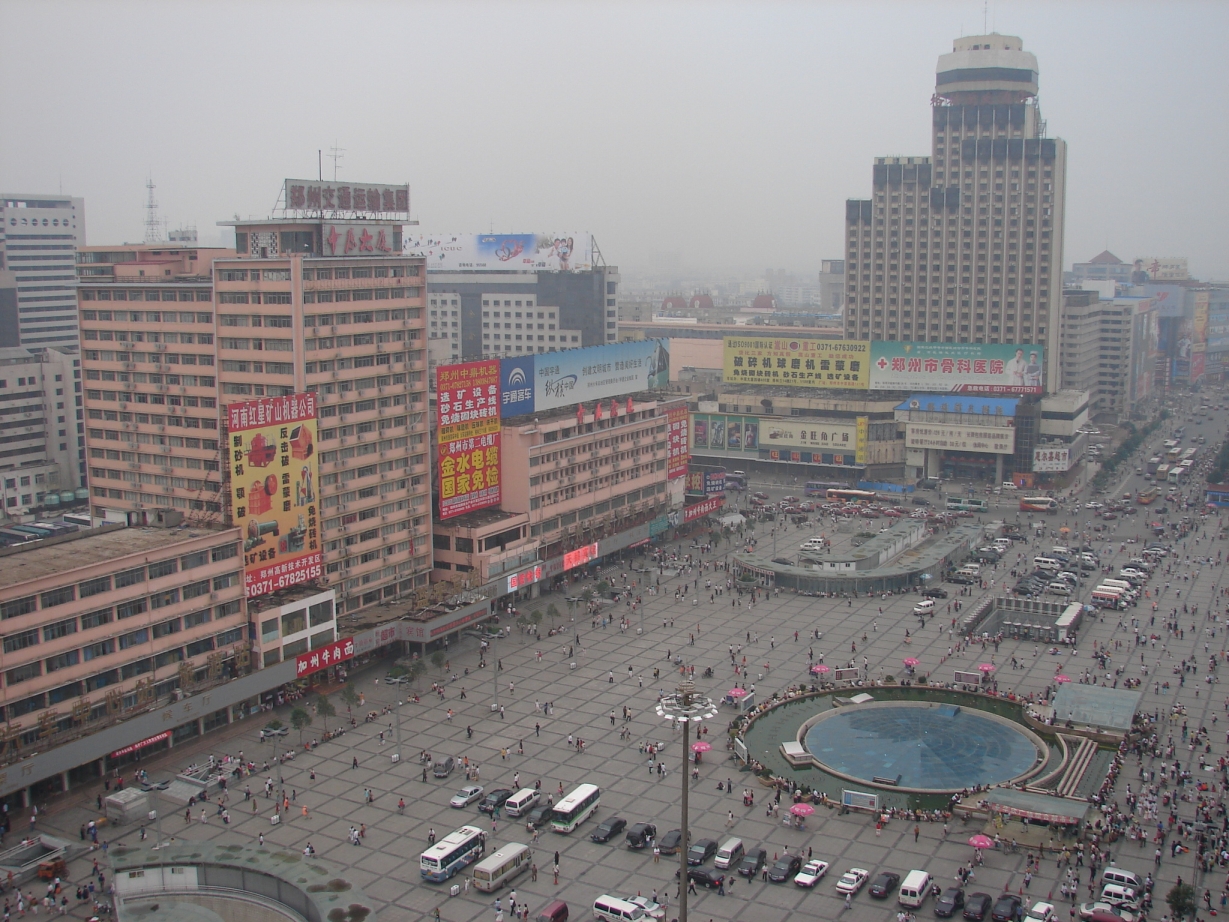China is planning to ban smoking in indoor public places by the end of the year, a law that will be hard to enforce in a country that is the world’s largest tobacco producer and consumer.
Local attempts to implement public-smoking bans have been largely unsuccessful. Smoking is still commonplace in restaurants, bars, office buildings, shopping centers and just about any other place groups gather.
There are an estimated 350 million smokers in China (the vast majority are men), more than the entire population of the U.S. and about a third of the global total. And, unlike many Western nations where smoking is declining, the number of smokers in China has been rising.
Reversing the trend will be extremely difficult despite the government’s attempt to set an example by banning its officials from lighting up in public. Smoking is engrained in Chinese culture, where cigarettes are given as gifts and business meetings are often conducted in a cloud of smoke.
Then there’s the clout of the Chinese tobacco industry. The state-owned China National Tobacco Corporation reportedly made about $19 billion in 2010, more than the combined profits of the world’s three largest publicly traded tobacco companies.
So, even though smoking kills more than 1 million people a year in China, don’t expect cigarettes to disappear in a puff of smoke.
***
I saw a bright orange object in the sky yesterday that looked vaguely familiar. I say vaguely because it was my first view of the sun since I returned to China a month ago.
China’s severe air pollution creates a thick layer of smog that usually blocks out the sun and everything else in the sky. The problem is at its worst in the winter when all the coal plants are belching fumes 24 hours a day.
Things should improve in the coming weeks as the weather warms up and some of the coal plants power down. Still, a completely clear day in Zhengzhou is rarer than a Tea Party rally for Obama.




